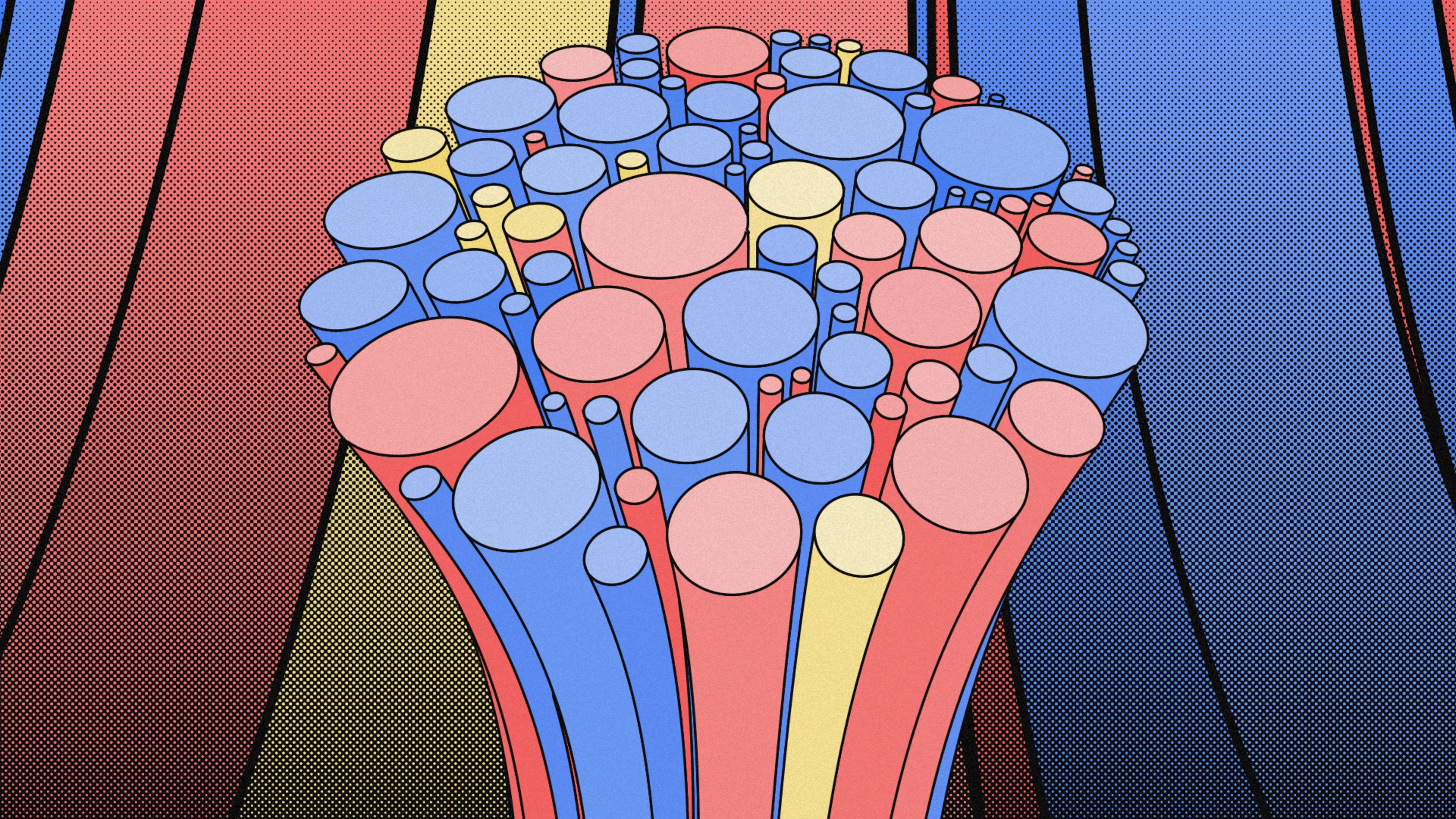Two years ago, Americans seemed to be powering a great philanthropic boom: The sector received a record-breaking $410 billion in contributions in 2017, with 70% of that coming from individual donations.
While the final accounting for 2018 hasn’t happened yet, projections for 2019 and 2020 aren’t as rosy. In fact they’ve been downgraded, reports The Chronicle of Philanthropy. Last year, an analysis showed that the sector’s projected growth rate was 4.2%. Today it’s down nearly a full percentage point to 3.4%, although it may climb back to the 4% level by 2020.
These estimates come from The Philanthropy Outlook, an annual projection by the Lilly Family School in partnership with Marts & Lundy, a financial consulting company. An “environment of relative uncertainty” also complicates them. As The Chronicle writes:
“[The projection] takes into account the full scope of economic indicators: the volatile stock market of recent months as well as job growth, wage growth, gross domestic product, and the new federal tax law, which cut taxes on corporations and households while also making it likely that fewer people would benefit from incentives for charitable giving,”
In decade-long terms, these numbers would mean that the period from 2010 to 2019 had nearly 3% growth overall, about the same rate as during 1980s. In the 1990s, the sector grew at a little over 4% overall, while the Great Recession decimated the average of the early aughts, resulting in just about a half-percent of growth in donations.
The biggest problem is that individual giving will likely slow to an inflation-adjusted rate of about 2% next year. That’s down from the 3% inflation-adjusted level of 2017, per Giving USA data, which is a big drop in terms of total dollars in a category that totals hundreds of billions. It may also disproportionately hurt some groups, especially those who rely on the contributions of average Americans as opposed to the high-net-worth donors.
“To wit: Charities that depend on broad support, such as United Ways, are likely to see giving remain essentially flat in 2019, the report says, while hospitals are expected to raise 5.2 percent more and universities 3.5 percent more.”
For the moment, the organizations most protected from uncertainty appears to be foundations.
“Foundations are expected see the largest increase in giving this year, with grant making up 7 percent, according to the report. Most grant makers decide how much to give based on an average of the past three to five years, so that means stock-market gains from the past are a big factor.”
Another big question is whether businesses, many of which are receiving larger tax cuts from the Trump administration, will step in to contribute more. The Chronicle story makes the case that this is unlikely, as companies generally plow savings back into their own growth.
Patagonia bucked that trend in late 2018 by pledging to commit $10 million in tax savings toward environmental causes. That’s an important investment with an obvious halo effect for the outdoor retailer. Given the current climate, other socially minded companies might see a similar benefit to joining in.
Recognize your brand’s excellence by applying to this year’s Brands That Matter Awards before the early-rate deadline, May 3.
